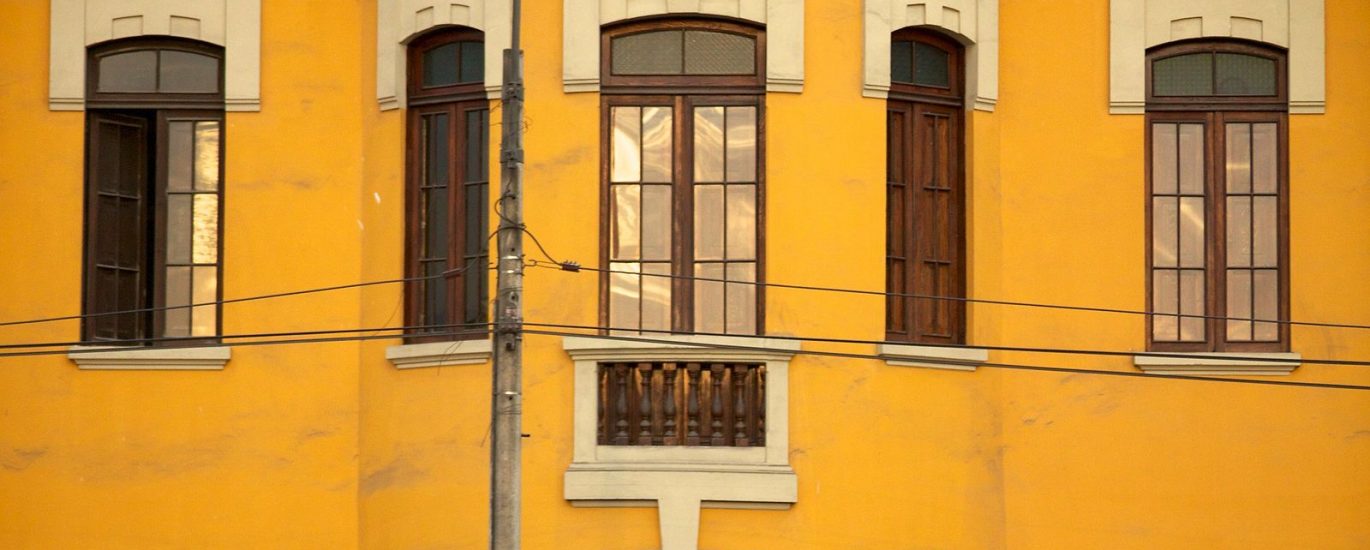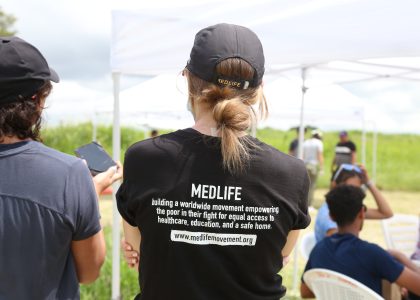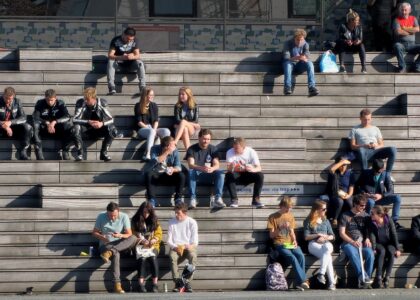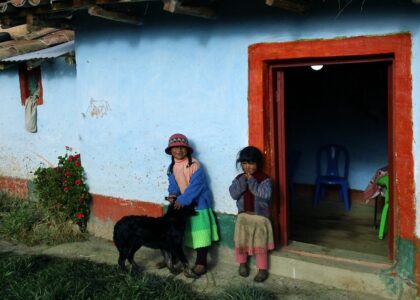Peru, a land of ancient wonders and cultural treasures, is a testament to the enduring legacy of traditional architecture. In this blog, we embark on a journey to explore the captivating world of traditional architecture in Peru, where the past is not just preserved but celebrated. From the rugged Andes to the lush Amazon rainforest, the country’s architectural heritage stands as a living testament to its rich history and cultural diversity.
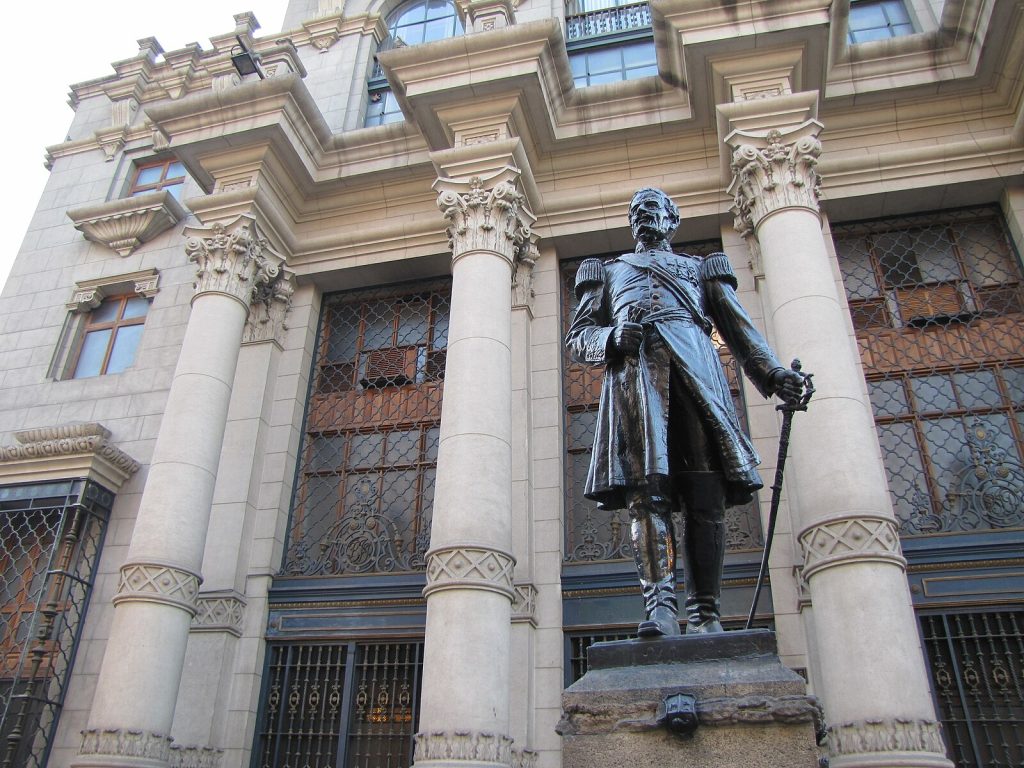
Honoring Tradition Through Design
Traditional architecture in Peru is a living expression of the nation’s history and cultural tapestry. As you traverse the cobbled streets of Cusco, once the capital of the Inca Empire, you’re transported to a time where intricate stone masonry and ingenious engineering defined architectural excellence. The preservation of Inca stonework, with its precise stone placement, showcases a deep reverence for ancestral knowledge and an unwavering commitment to heritage.
In the Amazon basin, indigenous communities practice traditional architecture that harmonizes with the natural environment. Stilted houses, or “palafitos,” are built to withstand the region’s seasonal flooding. These elevated dwellings not only reflect the practicality of indigenous design but also the deep connection between architecture and the surrounding ecosystem.
The Legacy of Adobe Construction
One of the most enduring symbols of traditional architecture in Peru is adobe construction. Adobe, sun-dried mud bricks, have been used for centuries to build homes and structures across the country. The adobe technique is not just a construction method but a cultural heritage passed down through generations.
Adobe homes are renowned for their thermal properties, providing natural insulation against Peru’s diverse climates, from the arid deserts of the coast to the chilly altitudes of the Andes. In addition to its practicality, adobe construction embodies a sense of authenticity and continuity with the past, as communities continue to build with this traditional material.

Preservation and Conservation
Preserving traditional architecture in Peru goes beyond maintaining historical aesthetics; it is about conserving a way of life and cultural identity. The city of Arequipa, known for its stunning white volcanic stone buildings, is a UNESCO World Heritage Site that showcases the enduring beauty of traditional construction methods. Efforts to protect and restore these structures not only maintain architectural heritage but also contribute to sustainable urban planning.
In rural areas, traditional adobe villages are being revitalized through community-driven conservation projects. These initiatives aim not only to preserve architectural traditions but also to provide economic opportunities for local communities, demonstrating that tradition can coexist with progress.
Contemporary Adaptations
Traditional architecture in Peru has not remained static; it has adapted to meet the needs of contemporary living while preserving its essence. Modern architects in Peru draw inspiration from traditional motifs and materials, seamlessly blending the old with the new.
In Lima, the capital city, you can find examples of this fusion in contemporary buildings that incorporate colonial-era elements like ornate balconies. This architectural approach not only pays homage to Peru’s cultural roots but also contributes to a sense of continuity in a rapidly evolving urban environment.

The Cultural Significance of Traditional Architecture
Traditional architecture in Peru transcends the physical; it embodies cultural significance and reflects the nation’s deep-seated respect for its heritage. In the Andean region, villages are known for their traditional communal structures, like “chicherías” where the fermented corn beverage “chicha” is brewed and shared. These spaces serve as hubs of community life, illustrating how architecture can foster social bonds and cultural practices.
In rural areas, traditional architecture is intertwined with agricultural practices, with homes and storage spaces designed to align with the region’s unique farming needs. It’s a reminder that architecture is not just about aesthetics but also about functionality and cultural relevance.
In summary, traditional architecture in Peru serves as a living testament to the nation’s cultural heritage and its dedication to preserving its history. From the awe-inspiring Inca stonework in Cusco to the practicality of Amazonian palafitos, Peru’s architectural traditions are a reflection of its rich diversity. Adobe construction, with its cultural significance and thermal efficiency, embodies both tradition and practicality. Conservation efforts in cities like Arequipa and rural villages emphasize the value of these structures in preserving cultural identity. Peru’s ability to blend tradition with modernity in its architecture pays homage to its roots while embracing the future. Peru’s traditional architecture is more than just historical buildings; it is a dynamic legacy that underscores the importance of preserving our architectural heritage for generations to come.
To experience first-hand the majesty that is Peruvian architecture and work hand-in-hand with local communities to improve their infrastructure, consider joining a MEDLIFE Service Learning Trip with Safe Homes Movement. To learn more our mission, download our brochure by clicking here.


